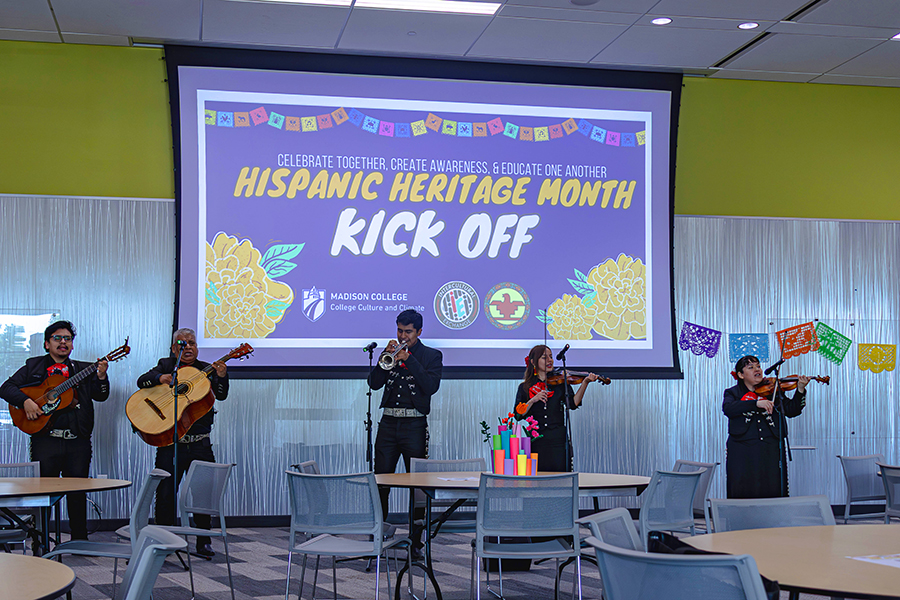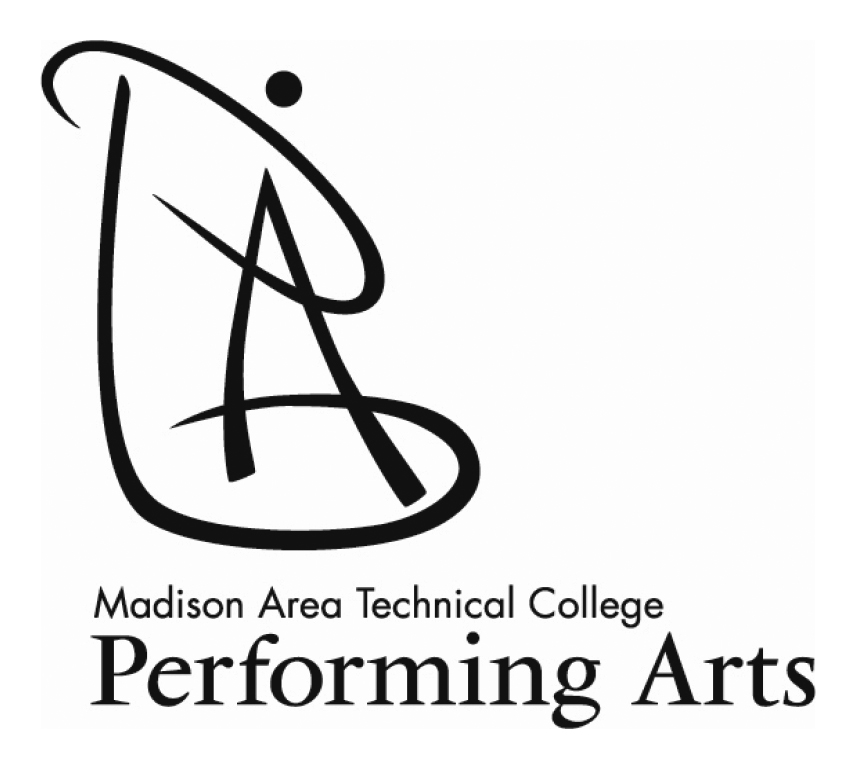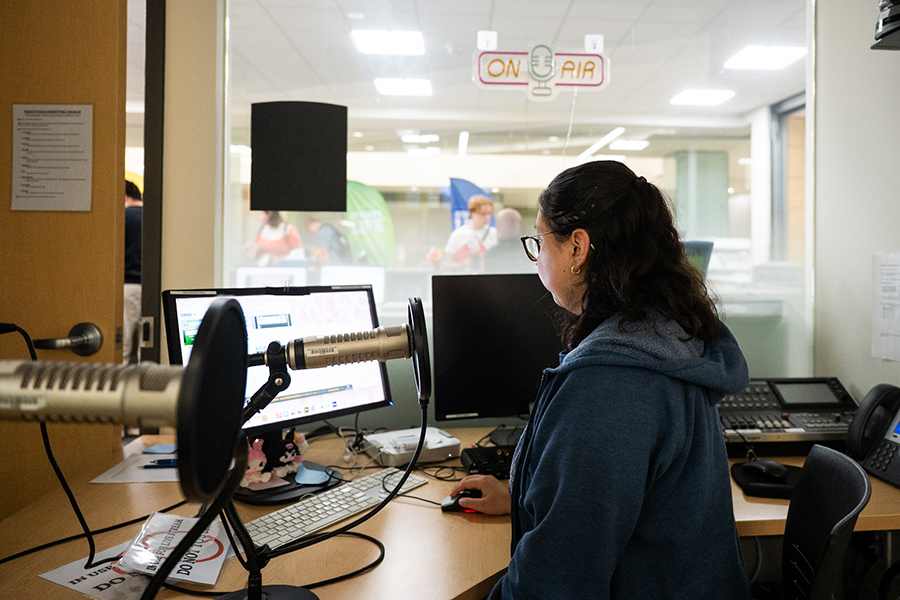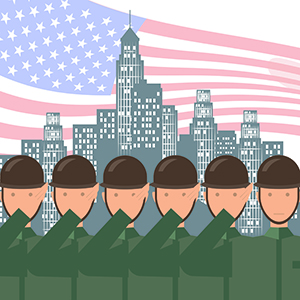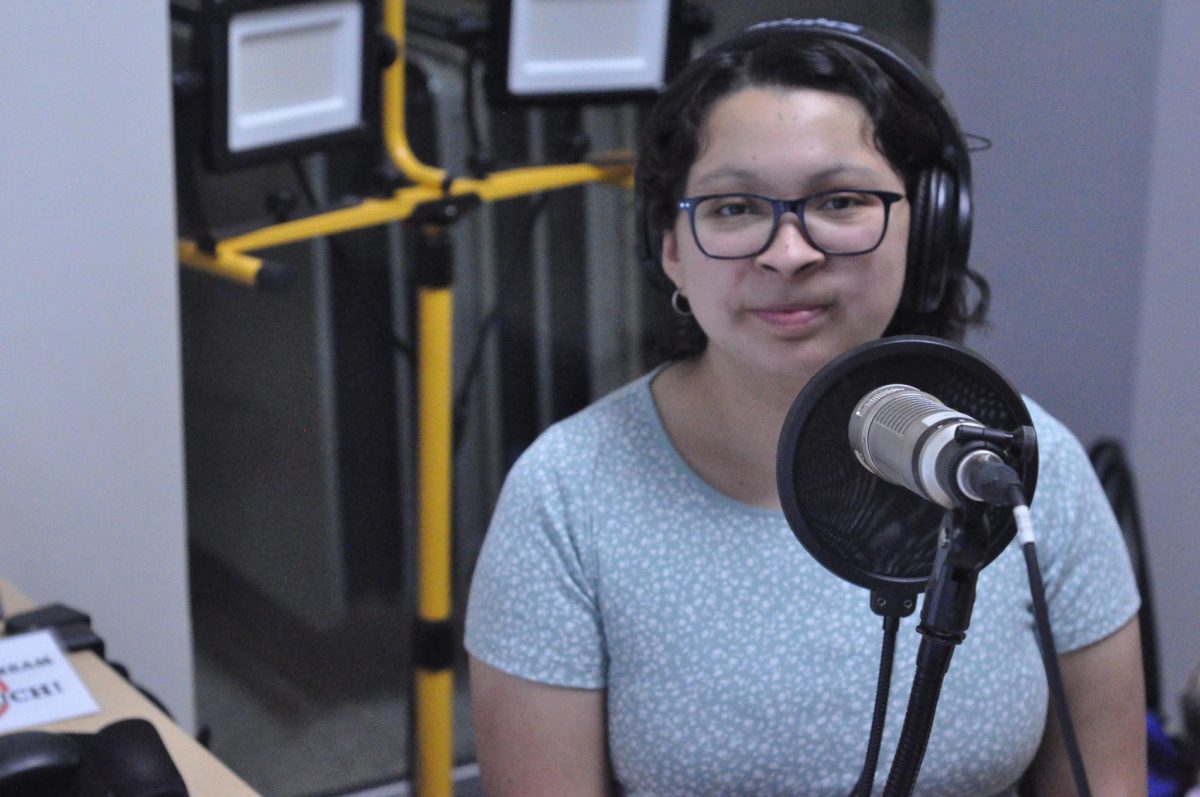CRT shows how power and inequality are related
April 20, 2022
Despite being controversial in its nature, the nation is seeing a rise in both interest and education surrounding critical race theory (CRT). One scholar, Kimberle Crenshaw, aims to educate the public through an interview she did with “At Liberty,” a podcast through ACLU.
“The better we understand how identities and power work together from one context to another, the less likely our movements for change are to fracture,” Crenshaw said.
CRT interest is on the rise. Career scholar and Law Professor at UCLA Kimberle Crenshaw is no stranger to the public pushback that comes along with it. Crenshaw relates this pushback to the suppression of civil rights movements throughout history.
She points out that CRT is not about indoctrinating the youth, but about educating them on how power and racial inequality are connected. Crenshaw also disapproves of the right-wing notion that CRT’s intended purpose is to cause division when the coined definition is quite the opposite.
“We are a society that has been structured from top to bottom by race. You don’t get beyond that by deciding not to talk about it anymore. It will always come back; it will always assert itself over and over again,” Crenshaw said.
These words help the public to understand the vitality of racial education. Without education, our nation may see a division that, with neglect, may become irreversible. The budding conversation around CRT could be an opportunity for America to come together once more.
Some of the basic tenets of CRT rest on the belief that racism is a fundamental part of American society, it is not that simple to be corrected by law. It’s important to start discussing this theory from an early age at school to build a strong base for healthy society.
On the bright side, many white Americans believe that CRT is necessary to build an equal learning environment for everyone.
Laney Bay is a 17-year-old junior at Sun Prairie High School in Madison. Bay believes that teaching the CRT is as important as other theories.
It provides students with a framework and a perspective that allows them to examine issues and compare them to reality.
“Educating students from a young age, from elementary to high school level, about the theory so students can form their own opinions from a reliable source and understand the true impact,” Bay said. “It is extremely important.”
Teaching CRT at schools means culturally responsive teaching; it is a teaching method that involves understanding and focusing on a student’s cultural background.
Critical Race Theory has many benefits, including that students can understand better and become more motivated to learn.
“From my memory of the school experience I’ve received at Sun Prairie Area School District, we discussed the existence of the Critical Race Theory but did not elaborate on its importance,” Bay said.
CRT started in the middle of the 70s; since then, it began to increase public awareness about housing segregation, the impacts of criminal justice policy and the history of enslavement of Black Americans. But there is much less consensus on the government’s role in righting these past wrongs.
Bay believes that CRT is part of a solution that helps all generations to be open-minded and able to develop their social relationships and move them to a higher level of humanity and sophistication.
“Schools as a whole haven’t begun to understand that the students coming into their buildings have changed over decades. Though our cliques are still real and our drama is still going strong, we are part of one of the first generations ready to fight for what we believe in and the first ready to be taught the hard, complicated lessons,” Bay shared.
Some parents protest CRT instead of listening to the other side and trying to meet in the middle because it classifies their children as racist. Even after the passage of the Civil Rights Act and the Voting Rights Act, some white people were still pushing back against demands for equality.
CRT doesn’t mean that all white people are racist, nor should they feel guilty. It doesn’t mean that people of color are accusing white people of racism. CRT is an invitation to everyone to live, learn and think in an equal environment.
“This change wouldn’t cause any negative impact for white people, but it would be a world of a change for nonwhite members of our community; what argument is there to not allow our future generations to make the decision for themselves?” asks Bay.

